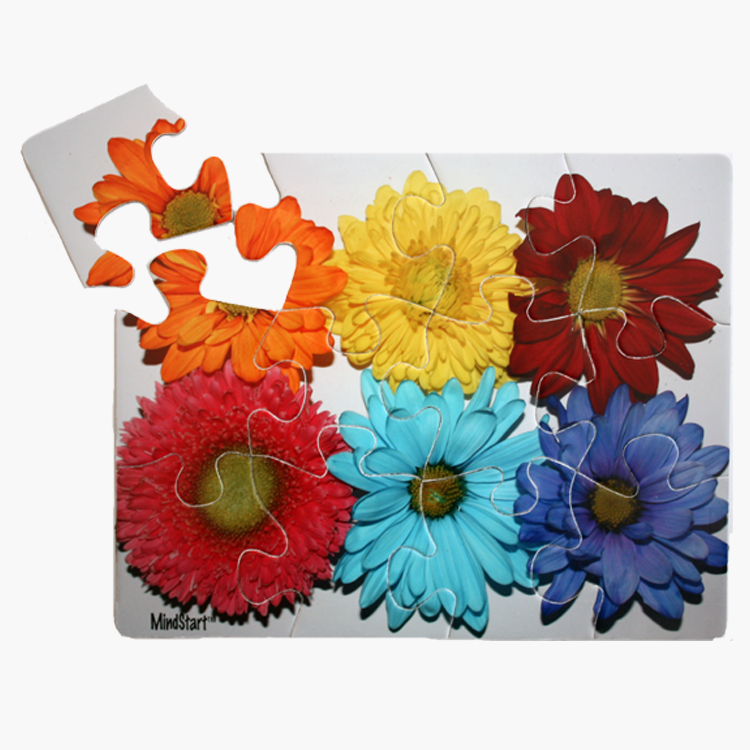
Baltimore Album Quilts are one of the most popular styles of quilts. These quilts are typically made up of squares called blocks that have appliqued designs. The quilts have a history dating back to the 1840s, when they first began being made. These quilts can often be found at museums or private collections in the United States.
Elly Sienkiewicz
The Baltimore Album quilts are an incredible collection of American quilts, and represent a unique period in American history. The majority of these quilts are signed and were made in one place over a period of ten years. Many quilts are decorated with inked drawings and symbols of buildings. They are some of the most artistically skillful bedcovers.
Elly Sienkiewicz's quiltmaking career is long and varied. She has worked as both a teacher and as a quiltmaker. She is also the author of 18 books about quilting, including Spoken Without a Word: Baltimore Albums Quilts.

William Rush Dunton Jr.
William Rush Dunton Jr., a founder of the American Occupational Therapy Association (and an early president), was also known for his scholarship and collection American quilts. Here are some of his accomplishments. We hope you enjoy it. You should share it with all your friends. It is a great gesture of appreciation for his life and work.
Dunton received a B.S. degree from Haverford College in 1889. In 1889, Dunton received a B.S. from Haverford College. He later earned an M.A. in English literature. He met Edna Hogan, a nurse, and they were engaged after completing his education. They settled in Baltimore where he began working at the Sheppard Asylum. It later became the Sheppard & Enoch Pratt Hospital. He and Edna were married in 1897 and had two children.
Yukiko Hirano
Yukiko hirano, a Japanese American artist died with a unique gift for sewing. At the 2005 International Quilt Association Conference the Founder's Award was won by her Baltimore Album Quilt. Her late husband Takeo Hirano wanted to make sure that her work would be preserved for future generations. Hirano hand-quilted and appliqued her quilts. She passed away in 2010 and her husband put together a special exhibition of four of her works to honor her memory.
The Baltimore album quilts, which were made by professional needleworkers in the middle of the 19th century, are widely considered to be the pinnacle American quilts. These quilts were made by professional needleworkers around the 19th century. They are mostly made from red and green, with a few touches of yellow or blue. American quilters tried to duplicate these quilts accurately and created quilt patterns that were inspired.

Elizabeth Hopkins
Elizabeth Hopkins' Baltimore album-quality quilts can be regarded as high-style art quilts despite their small size. Many of these quilts are made up of strikingly simple squares. Layers of different layers are added to create an illusion that they are larger. Some are associated with religion, while others have secular meanings.
Baltimore Album quilts give us a glimpse into family life, religious reforms and social trends. They were created in 1840s-1850s. They are unique because they are all made in one city and take a relatively short time to create. Researchers can identify the contributors to each quilt by having many signed. Many quilts have inked drawings that depict symbols and buildings. These quilts are some of the most artistically skilled bedcovers ever made.
FAQ
What are educational hobbies, you ask?
An educational hobby can be defined as an activity in which you learn something through doing it. It could be anything, from playing sports to learning how an instrument is played.
The most important thing is that you find it enjoyable and entertaining. You don't have to do it all the time, but if you find yourself getting bored, then you need to think about what else you could be doing instead.
These activities can also be costly so make sure you don't spend too much.
What are the chances of making money with my hobby?
Many hobbies can lead to making extra cash.
If your hobby is a passion, you may be able to sell related items.
A website might be a good idea if your hobby is collecting stamps.
This will allow you to earn additional income without having go through the hassles of buying and selling stamps.
Another option is to start a YouTube channel in which you discuss your hobby.
This allows for you to share your passions with others and can potentially generate additional income by providing premium content.
Why do we have hobbies?
Hobbies are an integral part of our daily lives. They allow us to relax, unwind and think creatively. Hobbies offer opportunities to develop new skills as well as life-long interests.
Hobbies allow us to find meaning in our lives.
They are often a great way to spend free time when you don't have much else going on.
They're also fun!
If you don’t have the time to do a hobby, you likely don’t have any other hobbies.
You have many choices. If you don't have a hobby yet, then maybe you should start one today!
What are some great hobbies?
The best hobbies are those that you enjoy doing for yourself. If you enjoy what you do, it will be much easier to keep going. You will have a reason when you feel sick or tired.
Our hobbies include painting, crafts, photography and cooking.
Another option is to volunteer at a local charity shop.
You might be looking for something more adventurous. Take up skydiving or rock climbing, parasailing, parasailing and paragliding.
If you want to go further afield, there are plenty of unique ways to spend time in nature. These include caving.
How do I find a hobby that interests me?
You might feel as though you don't have a choice when you first start your quest for a hobby.
You might think, "I'm not very talented," "I struggle at sports," "I don't really know anything."
However, it is likely that you already have a lot to draw on when searching for a hobby.
It's simply that you haven’t yet realized it.
Take a good look at what you have in your house. Do you have a lot of stuff?
Do you have any old toys lying around that could be used?
You might have a collection.
You might have always wanted the ability to cook.
Perhaps you would like to play guitar again.
Whatever your hobby, it's possible to make it a hobby.
It is important to recognize that you already have a lot of experience to draw from.
You will find a hobby you love once you have it.
What are some hobbies that would suit introverts?
The ability to focus on just one thing is a hallmark of introverts. They enjoy solitude and prefer to read, write, play music, watch movies, etc.
They also like to be alone. They do not like to socialize all day. They can even become bored when they're surrounded by people.
Introverts will often choose hobbies that require them alone. You might find them reading books, listening, playing music, taking photos, writing poetry or painting.
Introverts may even prefer to live alone. They can concentrate on their hobby without being distracted.
Statistics
- Almost 80% of people claim to have no hobby. (hobbylark.com)
- Studies show that just six minutes of reading can reduce stress levels by 60 percent. (oberlo.com)
- I am 100% biologically a woman (discover.hubpages.com)
- 37% Video Games 36% Travel 36% Health and Fitness (quizexpo.com)
- In comparison, men in the “no humor” condition were refused 84.6% of the time and were only accepted 15.4% of the time. (time.com)
External Links
How To
How to get started gardening
Gardening is one form of agriculture that dates back to the beginning. It requires patience, persistence, and determination. You must choose a suitable location to start your garden. This could be on a large piece of land or in your backyard. Next, you will need to decide which type of plants are best for you. Do you prefer vegetables, or flowers? Some people enjoy growing herbs and others prefer raising livestock like rabbits. Before you decide on the type of crops you want to plant, it is important to consider the space available. If your climate is cold, you may decide to plant berries and fruits.
After choosing what you want to plant you need to prepare your soil. How your plants perform is dependent on how well the soil you use. Good quality soil contains organic matter that helps feed your plants' roots. Organic matter can include leaves, twigs and grass clippings as well as manure and compost. Once your soil is prepared, it's time to add nutrients. You will need different amounts of nutrients depending on which type of plants are being grown. To determine these values, you can use a fertilizer calculator online. Many fertilizers are on offer, so make sure that you know which one you are buying.
After you have prepared your soil, and added the correct nutrients, you will need to wait until your seed germinates. This process usually takes anywhere from 2 weeks to 3 months, depending on the weather and the temperature in your area. Once your seeds are sprouted, you must water them regularly. You can endanger your plants if you water them too often or too little. Ensure you give your plants enough water at regular intervals and avoid overwatering. Overwatering your plants can lead to root disease and fungal infections. Consider that plants generally need less water in the warmer months than they do in winter. Remember that some plants require drying out after being watered. For example, tomatoes need to stay slightly moist but not wet. Soggy soil is not a good choice for tomatoes. After they have finished flowering, they must go dormant. Dormancy is when plants stop producing new growth and begin storing energy for the next season's harvest. During dormancy, the plant stops sending signals to its roots telling them to produce food. During this period, plants continue to store energy. The plant will eventually die if it is not given enough sunlight or temperatures below freezing.
Urban areas can limit your choices for plants. Concrete sidewalks, roads and buildings are common in urban areas. They block sunlight from reaching the ground. Concrete absorbs light, preventing the soil underneath from getting adequate sun exposure. Many plants can't survive in urban environments due to lack of sunlight. There are still plants that thrive in urban environments. Many trees, shrubs, and perennials can adapt to city living. Many annuals can also be grown indoors in container gardens. Container gardens can be used to grow greenery indoors year-round, no matter what the weather outside.
You're now ready to plant after you have chosen where and what to grow in your garden.